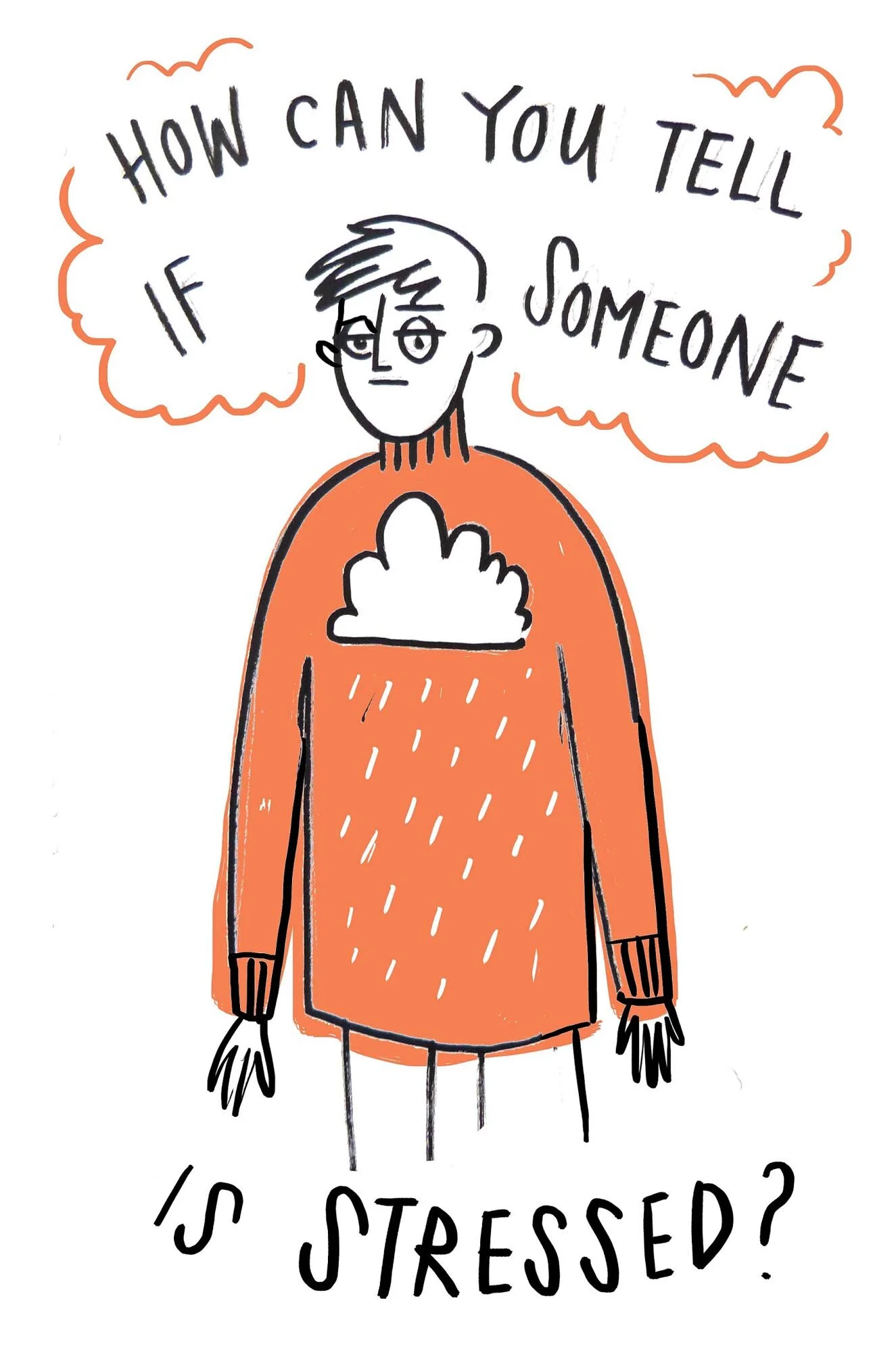Living Sculptures
Resources you will need:
A bit of space to move around
Aim
This activity gives young people the chance to explore some of the visual markers of low wellbeing, as they experience them themselves and as their peers do. The different phsysicalisations provide the young people with a chance to discuss their own symptoms of poor mental health in a safe, non-direct way.
Overview
Young people use each other’s bodies as sculpting clay and make sculptures that show people feeling at their best, and people feeling at their lowest. This activity can also be done using visual art like painting and printing, or through dance or other types of physical expression.
Instructions
As a short warm up activity, split the group into pairs and ask them to stand opposite their partner. Ask one person to be the ‘original’ and the other to be the ‘mirror’. In silence, the original will move in any way they wish, and the mirror must mirror them. Remind the pairs that they are working as a team, not against each other and so the original should work with the mirror to help them. Swap over roles. This warm up works as an effective way to build trust between pairs and allows them to home into each other’s way of moving and physicality.
In the same pairs, ask one person to be the sculptor and the other to be the clay. Explain that the sculptor will be moulding the clay into a statue. Tell the sculptor to create a statue of themselves when they are feeling the happiest/at the best, and then afterwards and their lowest. Give the pairs time to make their statues NB if you feel that physical contact would not be appropriate with your group of young people, then explain that the sculptor will mould the clay by imagining there is string attached to them at each joint, as if they were moving a puppet.
Once they are ready, ask the other sculptors to walk around the room looking at the other statues. Each sculptor should speak a little (if they are happy to do so) about what they created. Some interesting discussions can arise, for example if a statue is holding its stomach, it may indicate that someone stops eating when they are feeling low, or comfort eats.
Switch partners and repeat the above.

